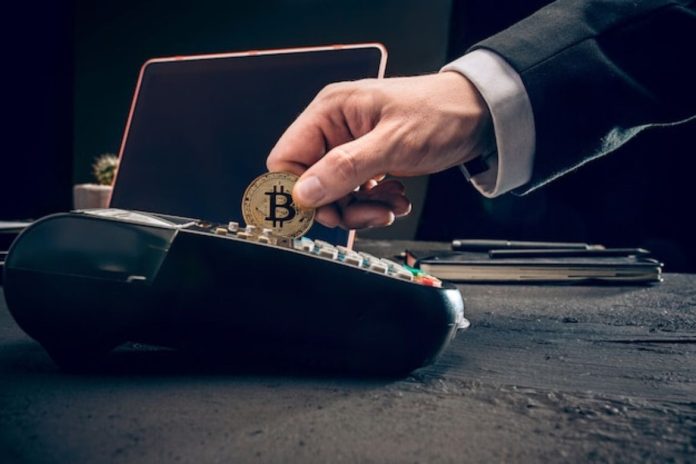As winter temperatures drop, a functioning furnace becomes a lifeline for comfort and safety. However, unexpected furnace issues can disrupt that comfort, making it essential to know when to seek furnace emergency repair services in Indianapolis, IN. This guide covers the most common causes of furnace breakdowns and when it’s time to call in the professionals.
Thermostat Malfunctions: Improper Temperature Regulation Issues
A malfunctioning thermostat can prevent your furnace from heating your home efficiently. The thermostat acts as the command center for the furnace, so if it isn’t working correctly, it may fail to signal the furnace to turn on or off at the appropriate times.
Common Symptoms:
- The furnace fails to start.
- The room temperature doesn’t match the thermostat setting.
- The system cycles on and off frequently.
When to Call for Repair:
If adjusting the thermostat settings doesn’t resolve the issue or if the thermostat display is blank, it’s best to have a technician assess the situation. A professional can determine if recalibration, battery replacement, or a complete thermostat upgrade is needed.
Ignition System Failures: Problems with Furnace Startup
The ignition system is responsible for starting the furnace and initiating the heating process. Depending on the type of furnace, this could be a pilot light or an electronic ignition system. Faulty ignitions are a common cause of furnace failures, especially in older units.
Signs of Ignition Issues:
- The furnace struggles to start or doesn’t start at all.
- There is a clicking noise that indicates repeated attempts to ignite.
- Delayed ignition can produce a gas smell or result in short cycling.
Immediate Action:
If you suspect an ignition problem, it’s crucial to turn off the furnace and call for furnace emergency repair services in Indianapolis, IN. Ignition failures could pose safety hazards, including potential gas leaks or carbon monoxide exposure.
Clogged Air Filters: Restricted Airflow Causing Overheating
A simple but often overlooked issue is a clogged air filter. When filters become clogged with dust, dirt, and debris, they restrict airflow, causing the furnace to work harder. This can lead to overheating, which may trigger the safety mechanism to shut down the unit.
Indicators of a Clogged Filter:
- Reduced airflow from the vents.
- The furnace cycles on and off frequently.
- The system seems to struggle to maintain the set temperature.
Maintenance Tip:
Regularly checking and replacing air filters can prevent this problem. If your furnace has shut down due to a clogged filter, replacing it and resetting the system might restore function. However, if the problem persists, a service call may be necessary to inspect for underlying issues.
Blower Motor Issues: Furnace Not Distributing Heat
The blower motor is essential for circulating warm air through your home. If it malfunctions, you may find that the furnace produces heat, but the warm air isn’t distributed effectively.
Signs of Blower Motor Problems:
- Weak or no airflow from the vents.
- Strange noises, such as grinding or squealing, coming from the furnace.
- The furnace runs continuously without properly heating the space.
Repair Guidance:
Blower motor issues can range from minor problems, such as worn belts, to more serious mechanical failures. If the blower motor stops functioning altogether or shows signs of severe wear, it’s time to call for professional help. Addressing blower motor issues early can prevent more costly repairs down the line.
Pilot Light Problems: Gas Furnace Ignition Failure
For furnaces that use a pilot light, a common problem is a flame that goes out or fails to stay lit. The pilot light is essential for igniting the burners, and without it, the furnace won’t produce heat.
Common Causes:
- A faulty thermocouple that needs replacement.
- Dirt or debris clogging the pilot light opening.
- Drafts or other environmental factors causing the flame to extinguish.
What to Do:
If your pilot light won’t stay lit, you may need to relight it following the manufacturer’s instructions. If this doesn’t solve the problem or you’re uncomfortable attempting it yourself, seek out furnace emergency repair services in Indianapolis, IN. Persistent pilot light issues often point to a deeper problem that requires professional intervention.
When to Call for Emergency Repair
While some furnace issues may be manageable with basic troubleshooting, others require immediate attention to avoid safety risks or further damage. Call for emergency repair if:
The furnace is not turning on and it’s dangerously cold.
- You smell gas or suspect a gas leak.
- The system cycles erratically or makes unusual, loud noises.
In these situations, it’s better to err on the side of caution and contact a trusted HVAC professional for prompt service.
Stay Warm and Safe
Understanding the common causes of furnace breakdowns can help you recognize when to seek professional repair services. Whether it’s a thermostat malfunction, ignition failure, clogged air filter, blower motor issue, or pilot light problem, timely maintenance and expert assistance ensure your home stays warm and safe throughout Indianapolis winters.










